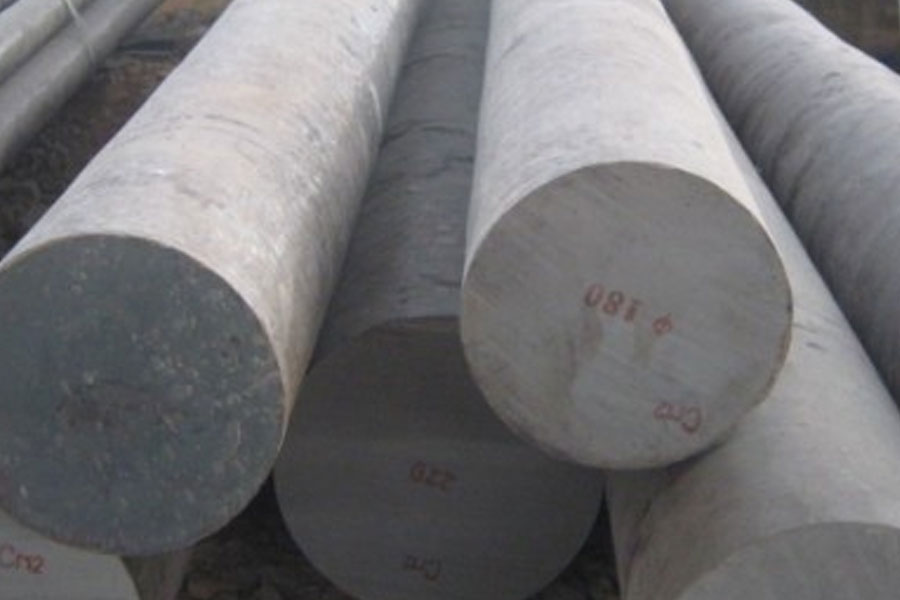Investment casting, also known as lost wax casting, includes wax pressing, wax repairing, tree forming, slurry dipping, wax melting, molten metal casting and post-treatment. Lost wax investment casting is to use wax to make the wax model of the parts to be cast, and then the wax mold is coated with mud, which is the clay mold. After the clay mold is dried, the internal wax mold is melted in hot water. Take out the clay mold after melting the wax mold and then bake it into a ceramic mold. Once roasted. Generally, when making clay mold, the pouring port is left, and then the molten metal is poured into the pouring hole. After cooling, the required parts are made.
In general, the shape of investment casting is complex. The small diameter of the hole can be cast on the casting can reach 0.5mm, and the small wall thickness of the casting is 0.3mm. In production, some parts which were originally composed of several parts can be designed into integral parts by changing the structure of the parts, and directly cast by investment casting, so as to save the processing time and the consumption of metal materials, and make the structure of parts more reasonable.
The weight of investment casting is mostly 0.10 n (from several grams to more than ten kilograms, generally no more than 25 kilograms). It is more troublesome to produce too heavy castings by investment casting.
The investment casting process is complex and difficult to control, and the materials used and consumed are more expensive. Therefore, it is suitable for the production of small parts with complex shape, high precision requirements, or other difficult processing, such as turbine engine blades.
The mold of investment casting can be divided into solid type and multi-layer shell
After the module is dipped in the refractory coating, the refractory material is sprinkled, and then dried and hardened. After repeated for many times, the refractory coating layer reaches the required thickness. In this way, a multi-layer shell is formed on the module, which is usually placed for a period of time to make it fully hardened, and then the module is melted to obtain the multilayer shell.
Some of the multi-layer shells need to be packed and filled with sand; others need not, and can be directly poured after roasting.
In the process of loss and investment, the shell will be under the pressure of the increasing volume of the molten mold material; during the baking and pouring, the parts of the shell will produce mutual restraint and uneven expansion and contraction, so the metal may also react with the shell material at high temperature. Therefore, there are certain performance requirements for the shell, such as small expansion rate and shrinkage rate; high mechanical strength, thermal shock resistance, fire resistance and chemical stability at high temperature; the shell should also have certain air permeability, so that the gas in the shell can escape smoothly during pouring. All of these are related to the refractory, binder and process used in cnc manufacturing the shell.
